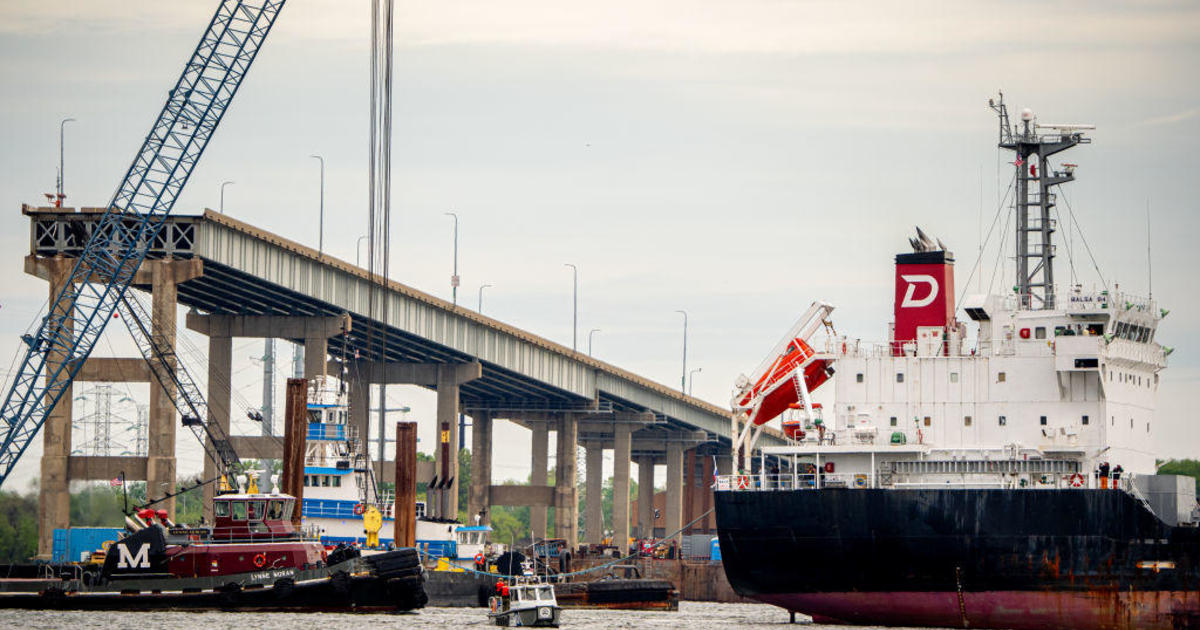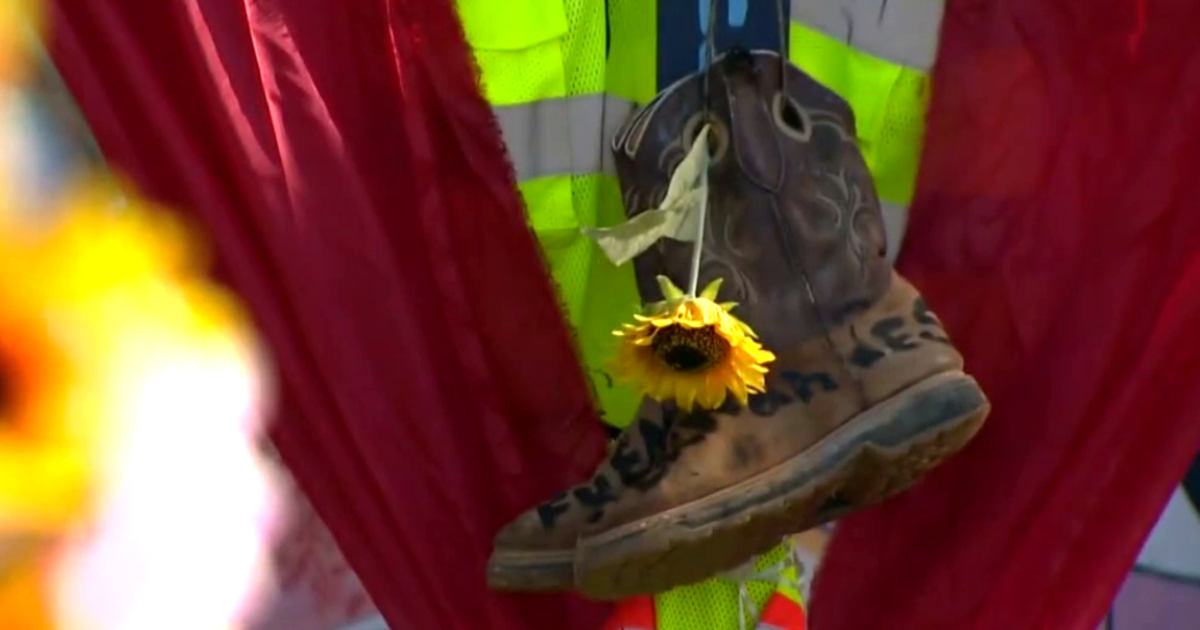Saltwater posing threats to farmers livelihoods on Maryland's Eastern Shore
BALTIMORE -- Farmers in Maryland's Eastern Shore are having to rethink their livelihoods as more saltwater seeps into their land, due to rising sea levels.
Meanwhile, researchers from University of Maryland are working to mitigate the burden from saltwater intrusion, and help farmers and municipalities in this part of the state.
The Fitzgerald family has been farming in Somerset County for centuries.
When I was growing up, we raised a lot of truck crops," Bob Fitzgerald, 90, said. "Tomatoes, cucumbers, string beans, that type of thing."
But these days, the crop is a lot different because the land is different.
In early November, Fitzgerald allowed WJZ onto his land, showing a significantly sized dead patch on one field.
"Basically, it's been damaged so much you can't do much with it," he said of the patch.
Fitzgerald said these dead patches are becoming more common, due to how salty the land is getting from saltwater intrusion. Where the big dead patch was, a creek nearby has been flooding the field with saltwater.
What he can grow dwindles season by season.
"They'll come up and die," Fitzgerald said. "If you plant beans, corn, whatever you plant there -- the salt just kills it."
The 90-year-old farmer has tried several, sometimes expensive, methods to keep the water out or neutralize the salt.
But, the problem hasn't slowed down. Saltwater continues to flow into his land.
"It's frustrating, but it's reality," Fitzgerald said.
WJZ looked into just how much saltwater intrusion has impacted Somerset County. A data analysis showed the number of impacted plots has increased 28.6% in recent years.
That's a total land value of more than $97 million.
To see what's happening on Fitzgerald's land, you can head to what is now called the Deal Island Wildlife Management Area. Going there now, you can see expansive marsh lands, but many years ago, a community was there.
That community was called Bethel, which was made up of 21 homes, according to a map WJZ found dating back to 1903.
At another section of Fitzgerald's land, WJZ observed UMD scientists measuring just how salty it's getting: testing the water and the soil.
Dr. Kate Tully is an associate professor of agroecology. She described saltwater intrusion as a silent flood because we don't know the full extent of the damage.
"It's really only been in the last five or six years that a lot of scientists have started to focus on the impacts on agricultural land," Tully said.
She co-authored a study looking at the spread and cost of saltwater intrusion. The study tracked salt patches, which are a big warning sign that the land is becoming saturated with salt.
What the study found: between 2011 and 2017, the amount of visible salt patches almost doubled. With more than 20,000 acres of farmlands converting to salt marsh lands in the Delmarva region.
That is an estimated loss of between $39.4-$107.5 million annually, according to the study.
"Sure, you can say this many acres might equate to this many millions of dollars, but that legacy is something you can't put a dollar value on," Tully said.
Part of Tully's research is finding solutions, particularly how farmers can keep farming.
Some of this includes testing out salt-tolerant crops, plants that can actually suck out salt, also exploring creating a strip of marsh in farmlands.
Tully said a strip of marsh has some benefits.
"That could be met with some resistance, which is understandable. If you're a farmer and this is your property, you've been farming it...at first glance, that's counterintuitive," she said.
As Tully continues her research, farmers like Fitzgerald are part of the process.
"We kind of leave it up to the farmer or the landowner to make the decision about whether that's something they want to implement on their land," she said.
Farmers, meanwhile, continue to figure out how to navigate using their land that continues to get saturated with salt.
"As far as losing land to sea level rise, give up," Fitzgerald said. "That's the way it is, there's nothing you can do about it."
For stories about rising sea levels across the country, and to watch the documentary 'On the Dot' please visit Arctic melting foreshadows America's climate future



